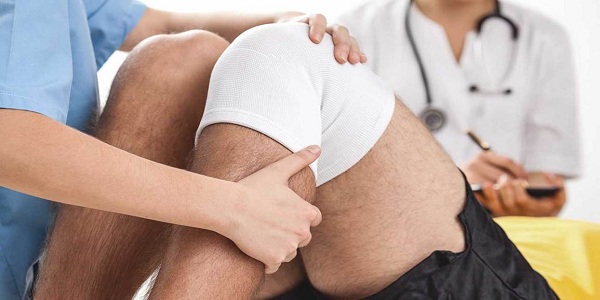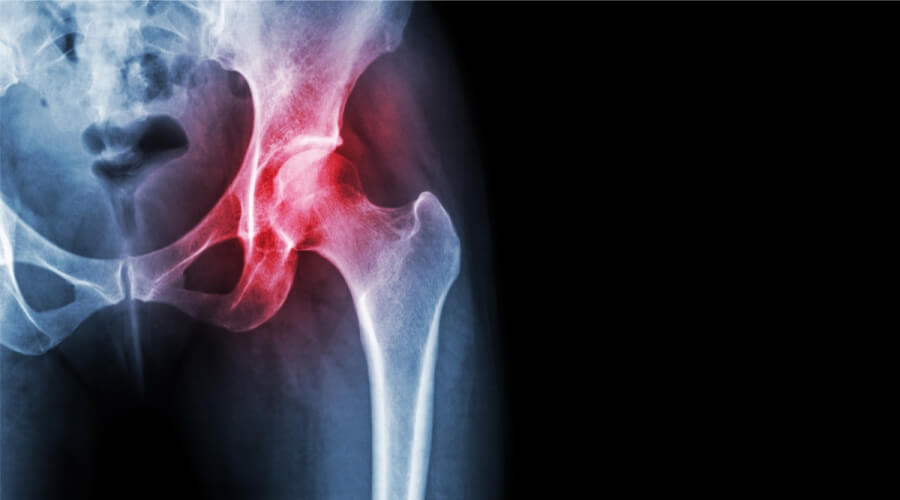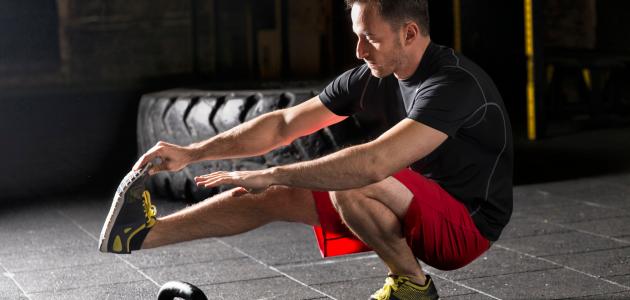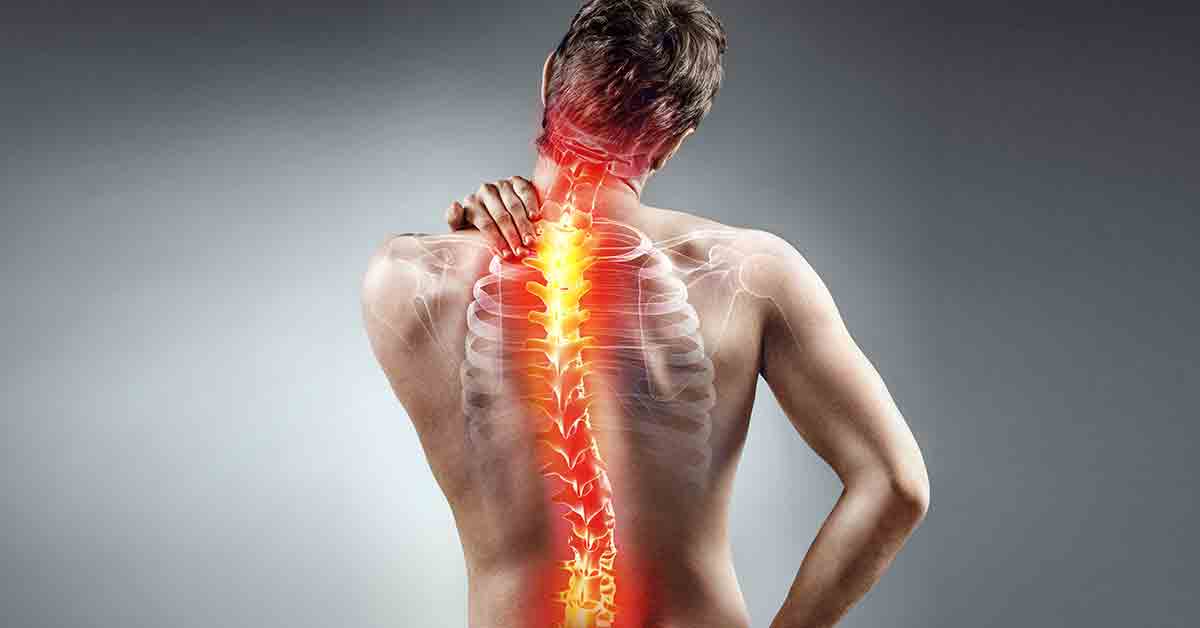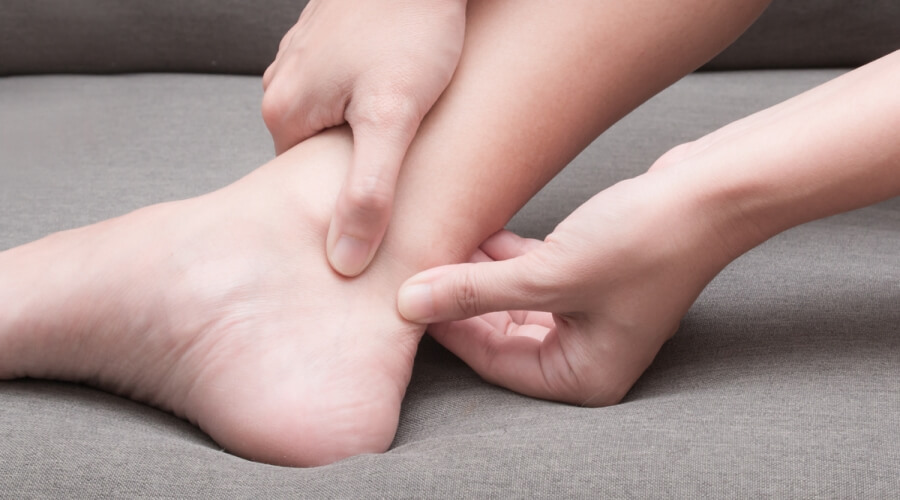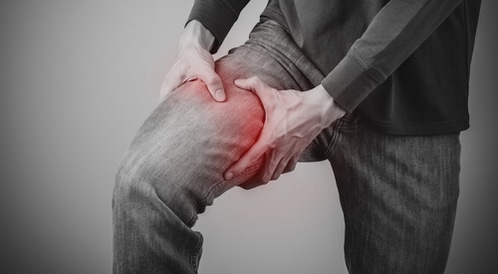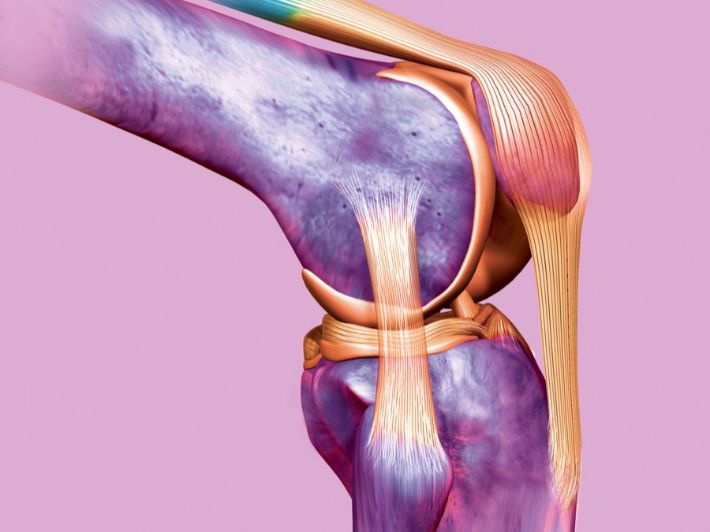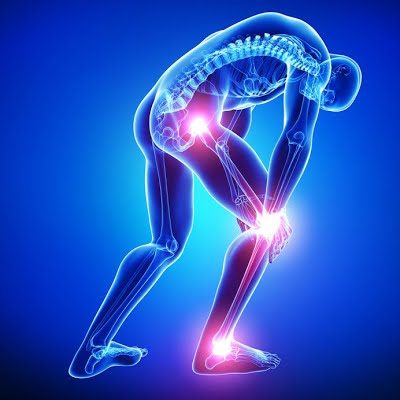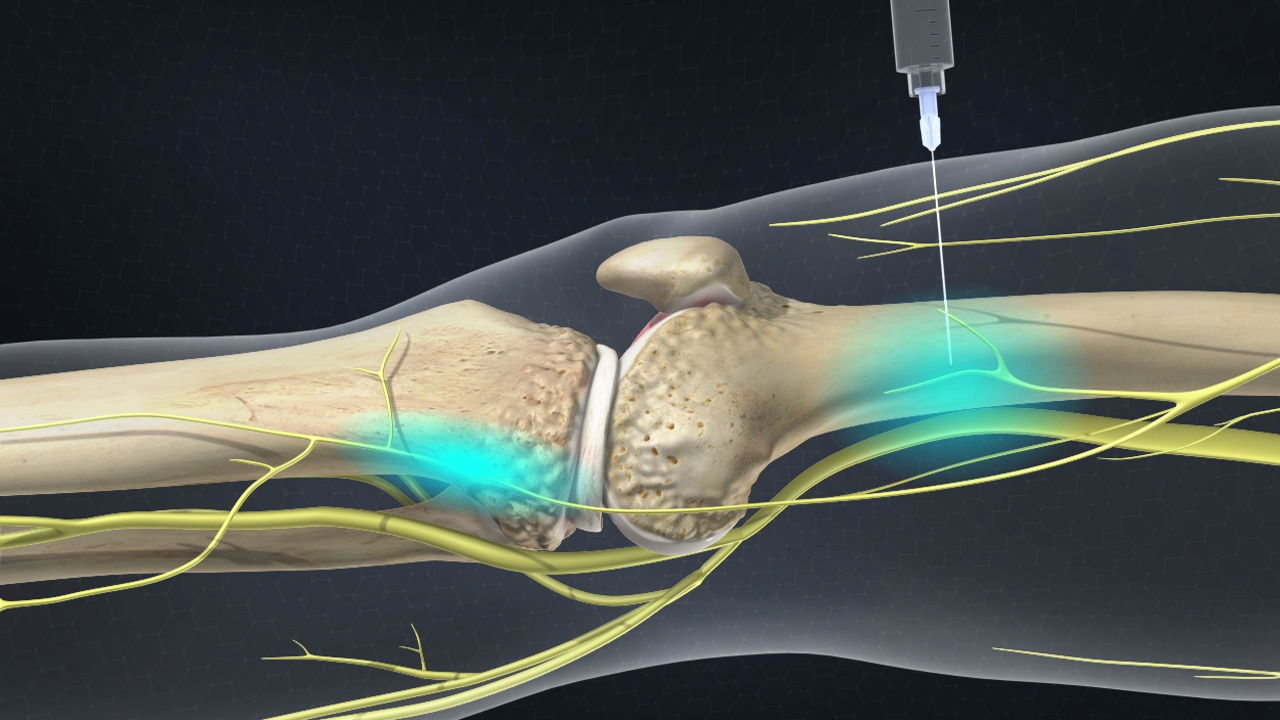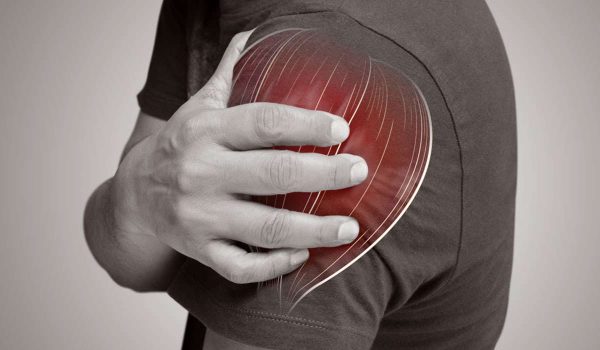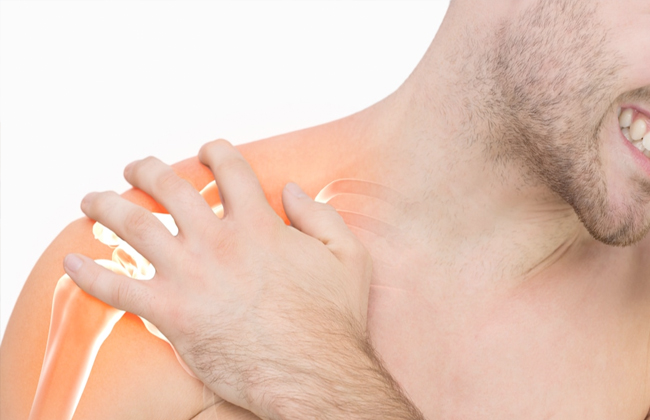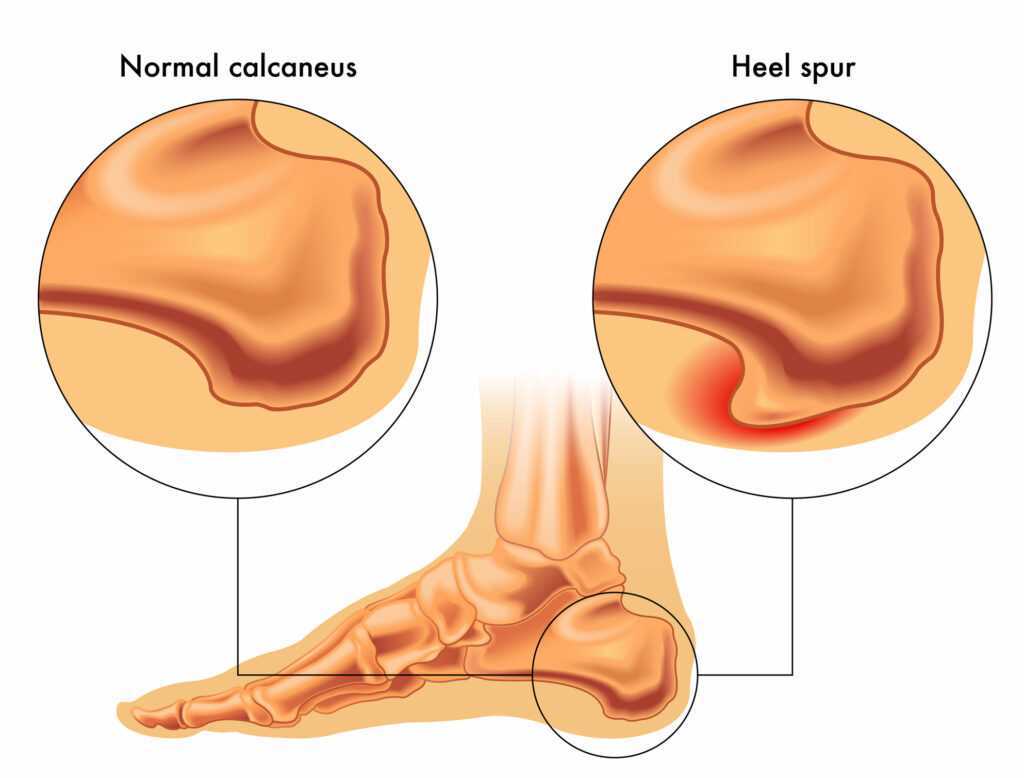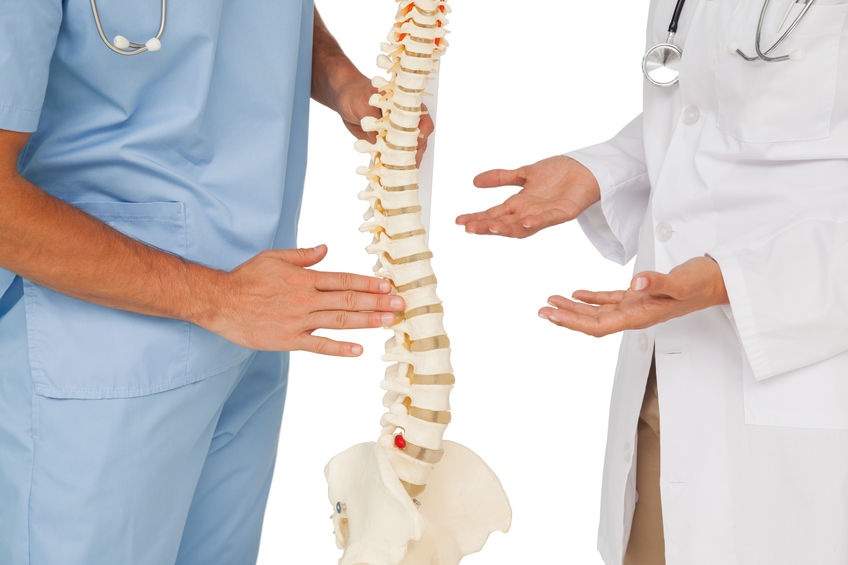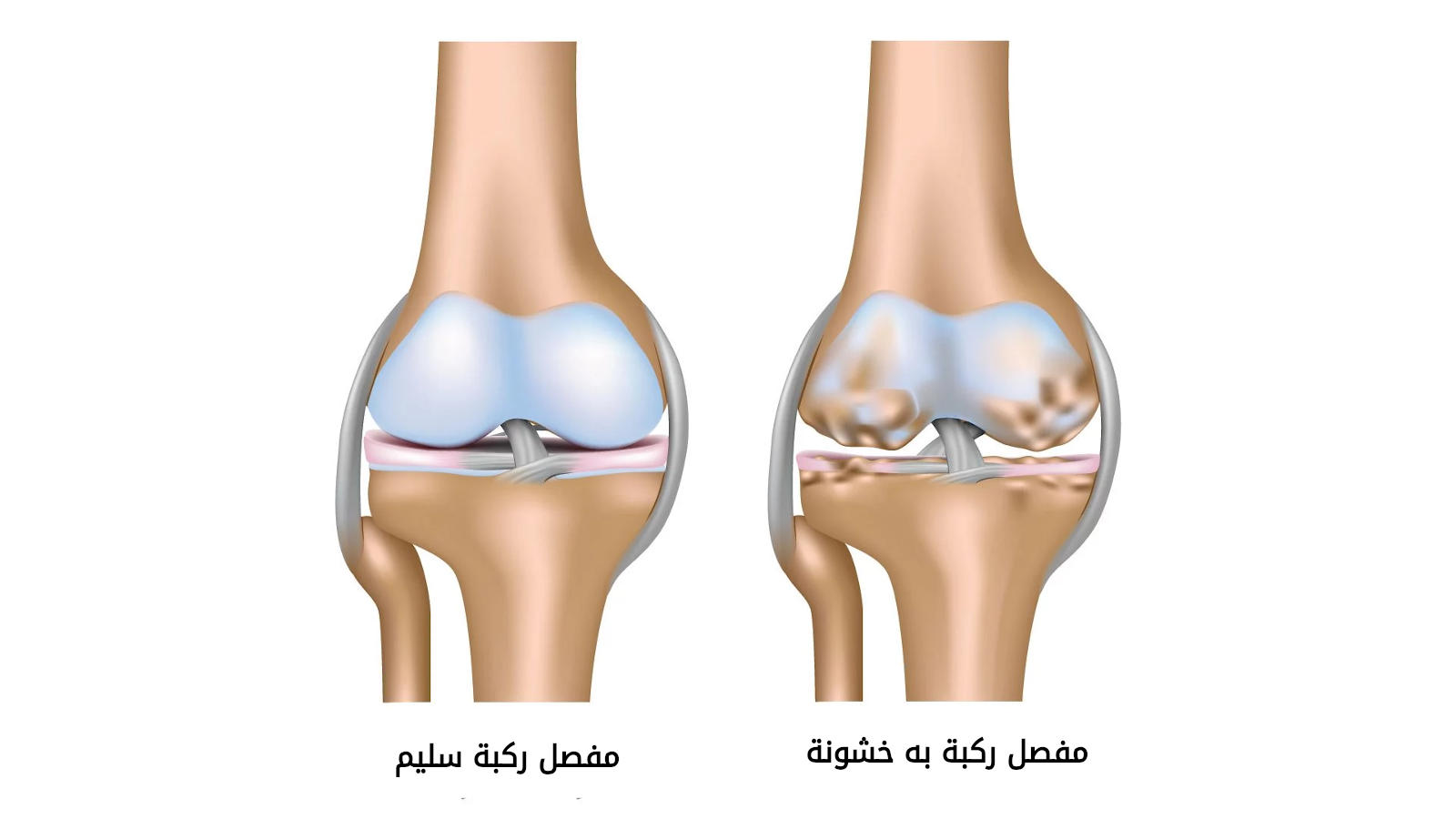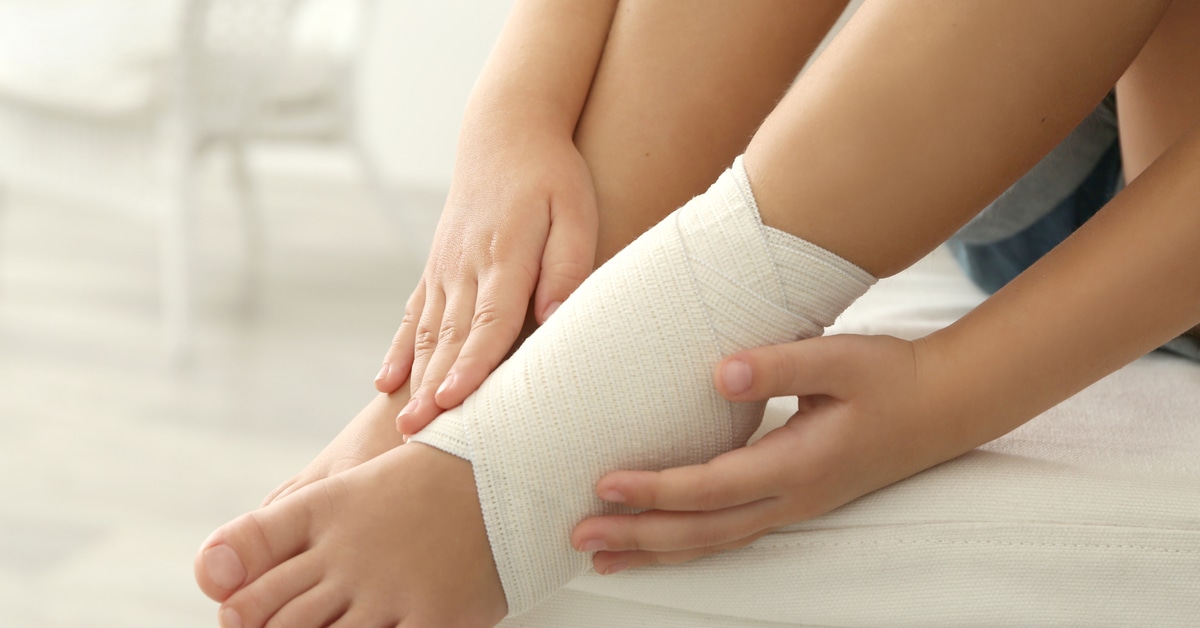Learn more about the Lumbar and sacral vertebrae
The lumbar and sacral vertebrae are names given to the bones that are located in the lower spine, which consists of five vertebrae, and they are considered one of the most important bones because they bear a large weight of the individual’s body, and these make any problem that the individual is exposed to in this region affects his physical health greatly. In the following article, we will discuss the most important information regarding this topic, so let us read the following.
Lumbar and sacral vertebrae
The lumbar and sacral vertebrae is a name given to the bones that are located at the bottom of the spine, which is mainly composed of five vertebrae, and is located in a triangular form between the final lumbar vertebrae with the coccyx, and is referred to as the tailbone, and where both structures bear the weight in addition to that it supports many body functions.
Many causes lead to pain of the sacral and sacral vertebrae, some examples of which are:
- Exposure to stretching of muscles and ligaments as a result of excessive activities that require high physical effort from the individual.
- Injury to a herniated disc, also known as a slipped disc, as a result of pushing the cartilage that surrounds the disc in front of the spinal cord and nerve roots, and the cushion extending between the spinal vertebrae outside its normal position.
- Suffering from sciatica in addition to a herniated disc where the disc presses on the sciatic nerve that connects the spine to the legs, and for this reason, sciatica may cause severe pain in both the legs and feet and the pain is similar to burning or acupuncture.
- Infection with tumors of the spine and spinal cord.
- Exposure to arthritis, kidneys, and spine.
- Suffering from narrowing of the spine, which puts pressure on the spinal cord and spinal nerves.
Inflammation of the lumbar and sacral vertebrae
When exposed to inflammation of the lumbar and sacral vertebrae, the following symptoms begin to appear on the individual, and we must get to know them well to expedite receiving appropriate treatment for them, such as:
- A sensation of a feeling like numbness and numbness.
- Suffering from stiffness and stiffness in the muscles.
- Feeling acute and chronic pain in the lower back towards the coccyx bones.
- When standing or sitting for long periods, the individual feels severe pain.
- Muscle apathy and joint pain.
- Inability to walk or move long distances.
- Pain when defecating or urination.
- Women suffer from severe pain during sexual intercourse.
- The presence of pain in tendons and ligaments.
- Feeling pain in the back, hips, and buttocks.
Treatment of moving the fifth lumbar vertebra over the first sacral
There are many techniques and methods used at present, through which the movement of the fifth lumbar vertebra over the first sacral and alleviating the symptoms associated with it, and the specialist doctor determines the most appropriate method for treating the patient according to his health condition, and the extent of the aggravation and development of the situation, if the movement of the lumbar vertebra is of the first degree, then the patient does not need surgery to stabilize the vertebrae.
The treatment, in this case, may be conservative, but if the movement is of the second degree, in that case, the patient must undergo surgery to stabilize the vertebrae, and the operation is done by making a surgical incision in the lower back and working to fix the vertebrae using slides and screws, and that operation is under general anesthesia.
The fifth lumbar and first sacral vertebrae
In order to treat the fifth lumbar and first sacral vertebrae at a late stage, the patient needs surgical intervention, and this is done by following the following steps:
- The patient is initially subjected to half or full anesthesia, according to the doctor’s instructions.
- The doctor sterilizes the lower back area well.
- A surgical incision is made in the affected area.
- The doctor attaches the last lumbar vertebra to the first sacral vertebra using plates and screws.
- The incision made is closed with sutures.
- After completing the operation, the patient is transferred to a control room and remains under medical observation for several hours.
Lumbar and sacral exercises
One of the therapeutic methods that are followed in the treatment of the lumbar and sacral vertebrae is physical therapy, which is an alternative to surgical intervention, such as:
Knee-to-chest stretch exercise
This exercise stretches the vertebrae in the back area, including the lumbar vertebrae, which relieves pain, and this exercise is done by following these steps:
- Lie on your back.
- Work on bending the knee while keeping the feet on the ground.
- Use the hands to pull the knee toward the chest.
- Hold this position for 5 seconds.
- Return to the starting point again.
- Repeat this exercise on both legs two to three times.
Bridge exercise
The reliance of this exercise is on the gluteus maximus muscle, which is considered one of the largest muscles in the buttocks, and this exercise greatly helps in strengthening the lumbar vertebrae, and it is done by following the following steps:
- Lie on the floor with your knees bent and your feet flat, hip-width apart.
- Lift the pelvis up and put the hands aside so that the body is in the form of a bridge.
- Squeeze your buttocks with your shoulders still on the floor.
- Work to lower your buttocks to the floor and rest for a few seconds.
- Repeat this exercise up to 15 times, taking a minute rest between each time.
Treatment of lumbar and sacral vertebrae
After the doctor determines the appropriate treatment for the individual, whether surgical or otherwise, there are some tips that the patient must adhere to, and must follow the following advice:
- Avoid any violent and sudden movements that may cause pressure on the spine.
- Not carrying heavy things.
- Exercising requires vigorous physical effort.
- Take plenty of rest in the first days of the operation.
- Do not smoke.
- Take anti-inflammatory medications and take some painkillers to relieve the pain.
- Maintaining a very good health system that contains many beneficial elements for the human body.
Lumbar vertebrae roughness
Roughness in the lumbar spine may be a result of many reasons, the most prominent of which is advancing age, and examples of other causes include:
- Injury to the lumbar vertebrae with stiffness.
- The appearance of new bony protrusions on the lumbar spine.
- The intensity of friction between the vertebrae.
Treatment of lumbar vertebrae in the lower back with herbs
Herbal treatment may contribute to alleviating the severity of symptoms that are associated with lumbar vertebrae in the lower back, and examples of herbs that are used in treatment:
- Turmeric: It contains many anti-inflammatory properties and helps reduce swelling and pain that an individual feels, and it can be placed on foods or some hot drinks.
- Ginger: It contains many benefits that significantly improve the health of the individual, in addition to containing anti-inflammatory, oxidative, and ulcer-relieving substances. Its role is similar to some non-steroidal anti-inflammatory drugs.
- Willow: It is one of the best herbs used in relieving pain, such as joint pain and rheumatism, in addition to its anti-inflammatory properties.

